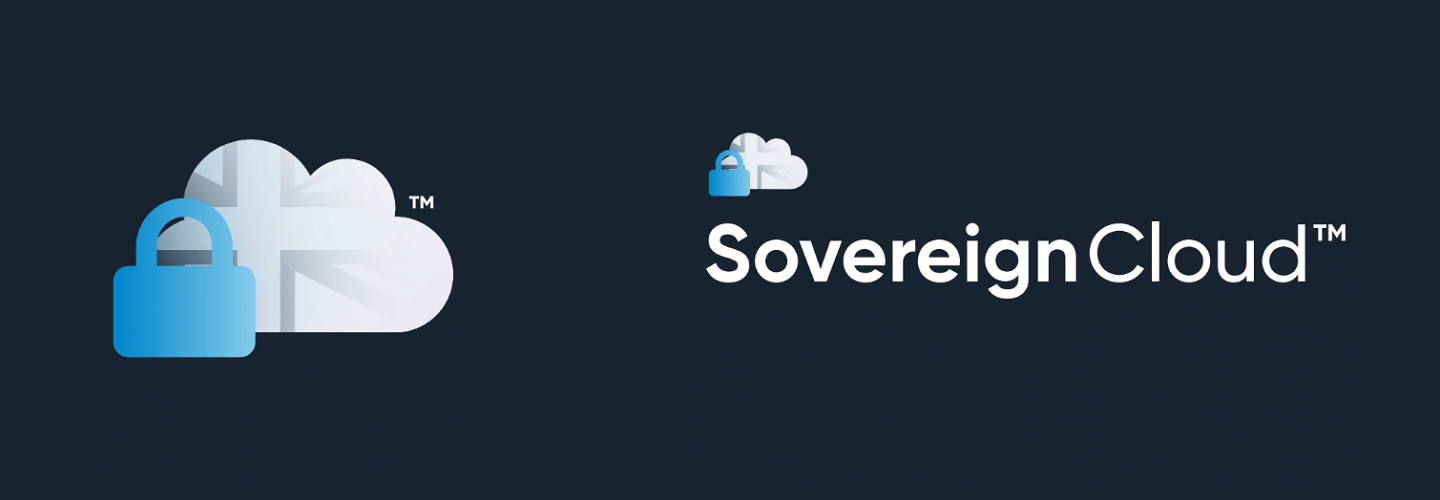
Summary
- Cloud has become more than just a buzzword in the world of business technology; it has become a fundamental component of modern IT infrastructure
- By moving to the cloud, organisations can eliminate the need to invest in and maintain expensive on-premises hardware and infrastructure
- Cloud-based applications can be accessed from anywhere with an internet connection
- Cloud providers handle infrastructure updates and maintenance, reducing the burden on your IT department
- Choosing a specific cloud provider can lead to vendor lock-in, making it challenging to switch to another provider or return to an on-premises solution
- Although cloud providers strive for high availability, no service is entirely immune to outages
- Storing sensitive data in the cloud raises concerns about data breaches, compliance, and control over access to critical information
Introduction
In recent years, the cloud has become more than just a buzzword in the world of business technology; it has become a fundamental component of modern IT infrastructure. Migrating business applications to the cloud has become increasingly popular, offering organisations scalability, flexibility, and cost savings. However, like any major technological shift, there are both advantages and disadvantages to consider. In this blog post, we will explore the pros and cons of migrating your business applications to the cloud, helping you make an informed decision for your organisation.
The Pros of Cloud Migration
The following is a summary of the available cloud models, use cases, advantages and disadvantages. We will discuss a number of available cloud environments highlighting their unique characteristics and benefits for businesses.
Cost Savings
One of the primary reasons’ businesses migrate to the cloud is the potential for significant cost savings. By moving to the cloud, organisations can eliminate the need to invest in and maintain expensive on-premises hardware and infrastructure. Cloud services often operate on a pay-as-you-go model, allowing companies to scale their resources up or down based on their actual usage, further optimising costs.
Scalability
Cloud providers offer the ability to scale resources quickly and easily. This means that as your business grows, you can seamlessly add more computing power, storage, or bandwidth without the hassle and expense of procuring and configuring new hardware. Scalability ensures your applications can handle increased demand during peak times without performance bottlenecks.
Accessibility and Flexibility
Cloud-based applications can be accessed from anywhere with an internet connection. This accessibility and flexibility enable employees to work remotely or on the go, fostering collaboration and improving productivity. Additionally, cloud solutions often come with built-in disaster recovery and backup options, ensuring business continuity in case of unforeseen events.
Automatic Updates and Maintenance
Cloud providers handle infrastructure updates and maintenance, reducing the burden on your IT department. This frees up your technical staff to focus on more strategic initiatives rather than routine server maintenance tasks. It also ensures that your applications are running on the latest software and security patches, reducing the risk of vulnerabilities.
Innovation and Integration
Cloud platforms often provide a wide range of services, from machine learning and artificial intelligence to analytics and Internet of Things (IoT) capabilities. This enables organisations to leverage cutting-edge technologies without significant upfront investments. Additionally, cloud services typically offer APIs and integrations that make it easier to connect and collaborate with other tools and services.
The Cons of Cloud Migration
Security Concerns
While cloud providers invest heavily in security measures, some businesses are still hesitant to migrate due to perceived security risks. Storing sensitive data in the cloud raises concerns about data breaches, compliance, and control over access to critical information. It’s essential to carefully assess the security features and compliance certifications of your chosen cloud provider and implement additional security measures as needed. As we have seen in recent times there have been a lot of data breaches with data getting into the ‘wrong’ hands. We always advise that you should know where your data is stored and the ‘sovereign’ regulations that surround it do need to be understood.
Downtime and Reliability
Although cloud providers strive for high availability, no service is entirely immune to outages. Organisations that rely heavily on cloud-hosted applications may experience downtime during provider maintenance or unexpected disruptions. It’s crucial to have a robust disaster recovery plan in place to mitigate potential downtime and data loss.
Data Transfer and Bandwidth Costs
Migrating large volumes of data to the cloud can be time-consuming and costly, especially if you have limited bandwidth. Additionally, ongoing data transfer and egress costs can accumulate, potentially offsetting some of the cost savings associated with the cloud. Organisations should carefully plan their data migration strategy and budget for these expenses.
Vendor Lock-In
Choosing a specific cloud provider can lead to vendor lock-in, making it challenging to switch to another provider or return to an on-premises solution. As a result, organisations may feel trapped or limited in their ability to adapt to changing technology landscapes or cost structures. To mitigate vendor lock-in, consider implementing multi-cloud or hybrid cloud strategies.
Compliance and Legal Considerations
Different industries and regions have varying regulatory and compliance requirements. Migrating to the cloud may necessitate adjustments to ensure compliance with data protection laws, industry standards, and contractual obligations. Failure to address these considerations could result in legal and financial repercussions.
Conclusion
Migrating your business applications to the cloud offers numerous advantages, including potential cost savings, scalability, accessibility, and automatic updates. However, it also comes with challenges, such as security concerns, potential downtime, data transfer costs, vendor lock-in, and compliance considerations.
Ultimately, the decision to migrate to the cloud should be based on a thorough assessment of your organisation’s specific needs, resources, and objectives. Proper planning, a strong security posture, and a well-defined cloud strategy can help you maximise the benefits of cloud migration while minimising its drawbacks. With the right approach, cloud adoption can empower your business to stay competitive and agile in today’s rapidly evolving technological landscape.
Why not talk to us about how we can help your business consider migration to the cloud?

New UK Sovereign Cloud Platform
Our new UK Sovereign Cloud platform which will ensure that your data is protected and kept sovereign complete with all the relevant assurances.
Get in touch with our sales team today!
Email- sales@claritas-solutions.co.uk
Phone- 0330 333 88 33
Or complete the online contact form




